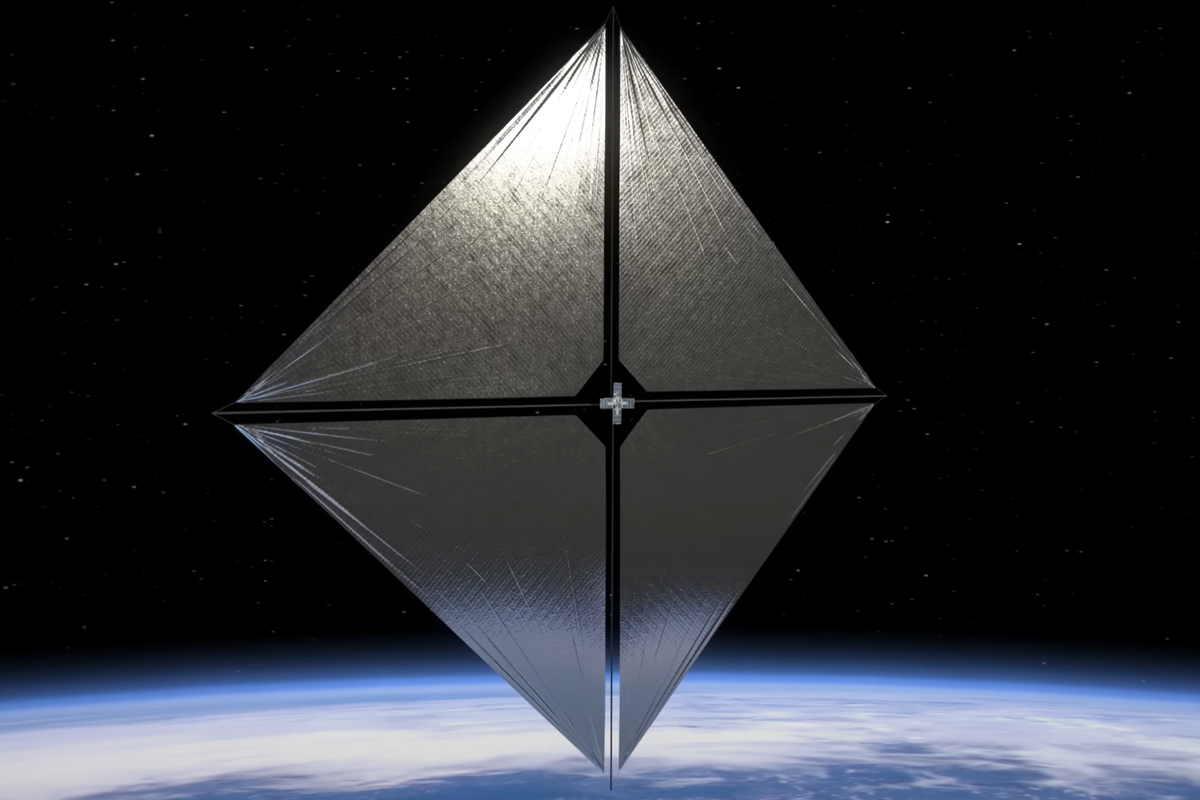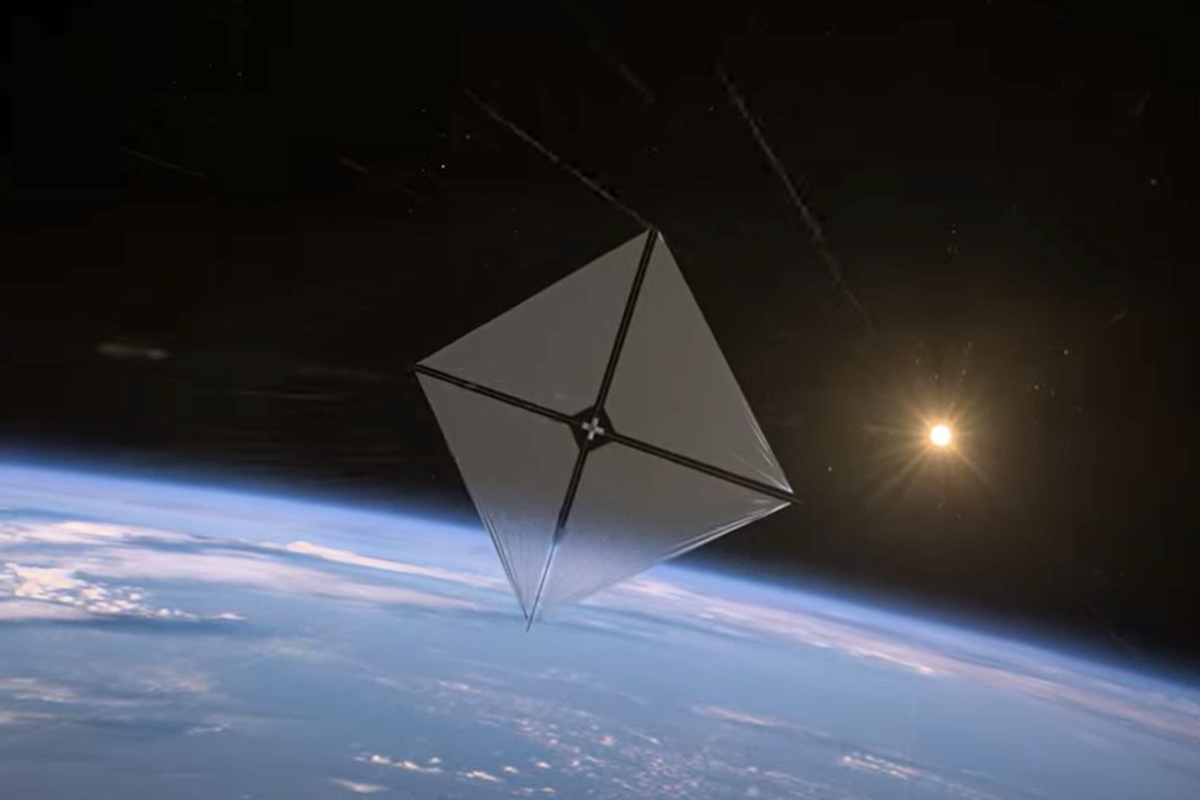Nasa’s giant solar sail appears to tumble through night sky
A giant solar sail recently unfurled by Nasa has been spotted “tumbling” through space.
Astronomers captured the 80-square-metre object, which was unfurled last week, appearing to fluctuate in brightness as it orbited Earth at an altitude of 1,000 kilometres (600 miles).
The Advanced Composite Solar Sail System, or ACS 3, is designed to test a next-generation propulsion method that harnesses the power of sunlight to travel through space without the need for rocket fuel.
Three days after the US space agency unfurled the spacecraft, an astronomer in the Netherlands observed unusual behaviour from the solar sail.

“As it rose in the south, it became very bright, reaching magnitude 0 (as bright as the brightest stars in the sky). It then faded again, and next displayed a slow brightness variation with multiple bright maxima and very faint minima,” Marco Langbroek, who works at the Faculty of Aerospace Engineering at Delft Technical University, wrote in a blog post.
“The brightness variation could be suggestive of a slow tumble or wobble (a gyration around an axis) that must have been initiated after 29 August, when it appeared more steady.”

The Independent has contacted Nasa for more details, though Dr Langbroek theorised that it could be related to a planned change of orbit for the spacecraft.
Nasa states in its mission notes that the ACS 3 team plan to move the solar sail and adjust its orbit during its flight.
“During the next few weeks, the team will test the manoeuvring capabilities of the sail in space,” the space agency notes.
“Raising and lowering the orbit of the Advanced Composite Solar Sail System spacecraft will provide valuable information that may help guide future concepts of operations and designs for solar sail-equipped science and exploration missions.”
NASA #ACS3 Solar Sail has been deployed on Aug 29th, and many visual and video confirmation says this 9.9m sail can reach +2 mag peak brightness.
Here I did a 30s-run on Sep 2nd, the tens of times brightening is quite intriguing pic.twitter.com/C9xcBW5m7F— Mickey (@mickeywzx) September 2, 2024
The spacecraft utilises pressure exerted by photons in sunlight as they bounce off the reflective sail, similar to the way a sail boat is propelled by wind.
Future versions of the solar sail could be 25 times bigger than the current craft, capable of powering trips to other planets in the Solar System.
“Instead of launching massive fuel tanks for future missions, we can launch larger sails that use ‘fuel’ already available,” Alan Rhodes, the mission’s lead systems engineer, said when it first launched in April.
“The hope is that the new technologies verified on this spacecraft will inspire others to use them in ways we haven’t even considered.”
